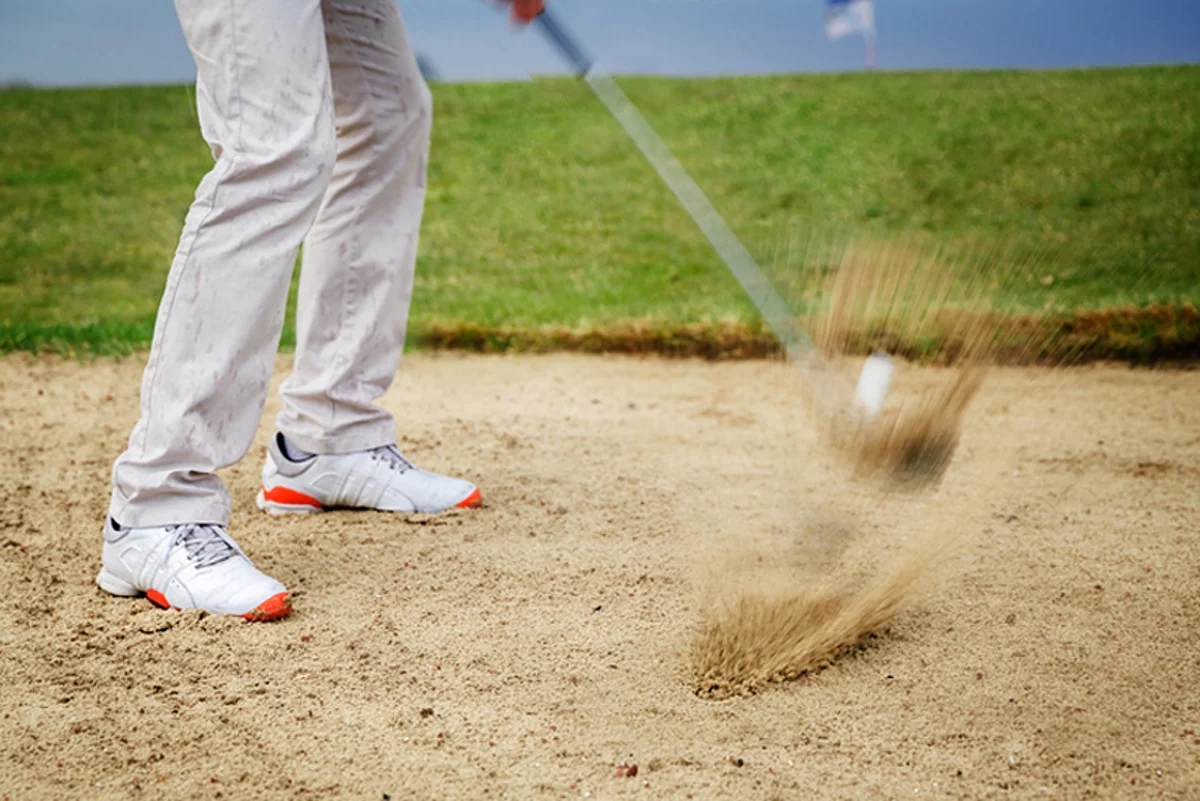|
There are many things on a golf course guaranteed to drive even the most relaxed player into fits of anger – slow play, tree roots, and, perhaps more than anything else, bunkers. |
 |
|
Adjust your stance |
 |
|
Hit the sand |

How to handle bunkers
They’re a golfer’s biggest nightmare and even the world’s best get trapped in their sandy depths. But there are a few ways to help you conquer the dreaded bunker…
1 Jul 2016
2 minute read
RECENTLY VIEWED